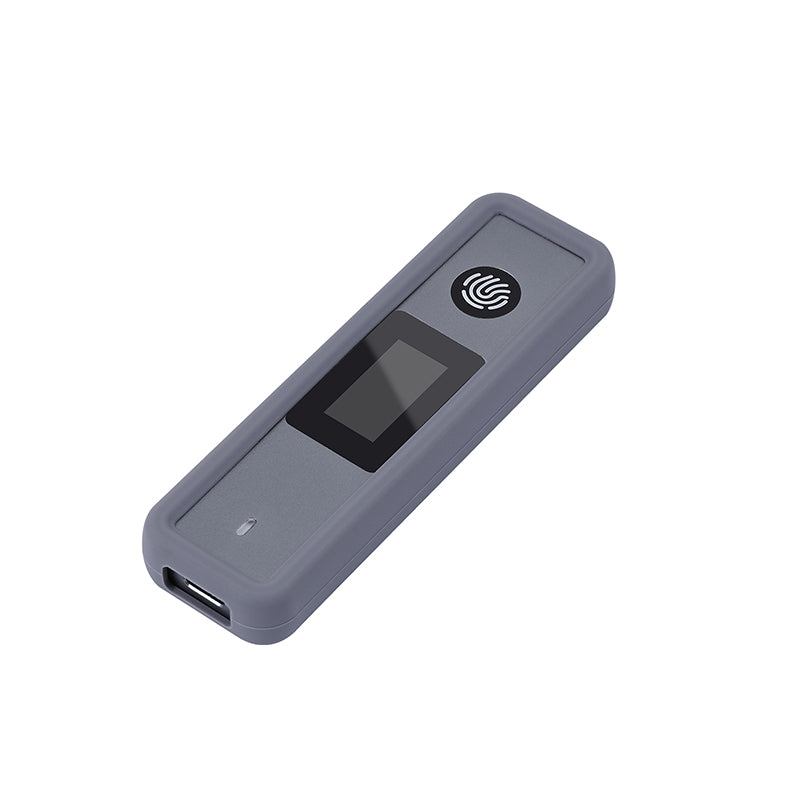
Share
Power Bank Safety Check 2025: Recalls, Regulations, and What It All Means
Why You’re Hearing So Much About Power Banks
If a portable charger lives in your backpack, you’ve probably noticed the surge of safety headlines this year. The biggest: Anker’s June recall of 1.1 million PowerCore 10000 units after 19 reports of smoke, fire, or minor injuries. Toss in follow‑on recalls from both Anker and iWalk plus brand‑new flight restrictions in China, and suddenly that little battery pack feels like a bigger deal than ever.
1 · Major Recalls at a Glance
|
Brand |
Models / Units |
Issue |
Remedy |
|
Anker |
PowerCore 10000 (A1263) – 1.1 M units |
Lithium‑ion cell can overheat and ignite |
Free replacement or $30 gift card |
|
Anker |
Five additional models (A1257, A1647 “MagGo,” A1652, A1681, A1689 “Zolo”) |
Same battery‑supplier defect |
Online claim for swap/credit |
|
iWalk |
MXB008 magnetic wireless series – 27,500 units |
Overheating, burn risk |
Refund or exchange |
Take‑away: Even established brands can stumble. Register your gear and keep the serial number handy—it’s the fastest path to recall alerts and replacements.
2 · Regulators Are Tightening the Screws
China’s aviation authority now bans any power bank that lacks 3C safety certification or appears on a recall list from all flights departing the mainland (rule effective June 27, 2025). Expect more gate checks, more confiscations, and — if other regulators follow suit — a global scramble for fully certified packs.
Why it matters: Lithium‑ion fires are tough to extinguish at 35,000 feet. The new rule is a blunt but effective way to lower risk, and it pressures manufacturers to keep their certifications current.

3 · Where the Tech (and Design Awards) Are Headed
- Fast‑charge everything. 165 W USB‑C monsters such as Anker’s Zolo 25 K pack nabbed an iF Design Award this year for cramming laptop‑level wattage into a carry‑on‑friendly shell.
- Bigger capacity, smaller footprint. Multiple award entries also showcased 140 W‑plus banks under 24 K mAh, signaling a race to shrink weight per watt. ifdesign.com
- Beyond lithium. Elecom just shipped the first consumer sodium‑ion power bank: bulkier, but far less flammable and good for ~5,000 cycles. Analysts are watching to see if safer chemistries can break lithium‑ion’s hold on pocket‑sized devices.
4 · Market Outlook: Growth but with Caveats
Industry researchers peg the global power‑bank market at $33 billion by 2029, a 12 % CAGR driven by high‑wattage USB‑C demand and wearables. Yet those same forecasts warn that recalls and stricter transport rules could slow volume unless manufacturers prove their packs are both certified and recyclable.
5 · Staying Safe Without the Hype
- Buy certified (UL, CE, 3C, FCC). Logo stickers alone aren’t enough—look for a printed or etched certification ID.
- Store below 113 °F (45 °C). Heat is battery enemy #1.
- Retire swollen or sizzling packs immediately. Then recycle them through an e‑waste program, not the kitchen trash. theverge.com
- Check for recalls twice a year. The few minutes you spend entering a serial number beat a surprise gate confiscation—or worse.
6 · A Neutral Take
The recent wave of recalls doesn’t mean power banks are suddenly unsafe. It does highlight two truths:
- Quality control gaps can surface years after launch, even at premium brands.
- Regulators aren’t waiting for voluntary fixes; they’re writing new rules.
For consumers, that simply translates to due diligence: certified gear, mindful charging habits, and periodic recall checks. For brands, it’s a wake‑up call to invest in longer‑term cell testing, clearer end‑of‑life plans, and transparent recall pipelines.
Bottom Line
Portable batteries remain indispensable in a phone‑driven world. The safest path forward is neither panic nor complacency—it’s informed choice. Know your watt‑hours, know your certifications, and keep an eye on the serial‑number line: you’ll stay charged and out of the headlines.

